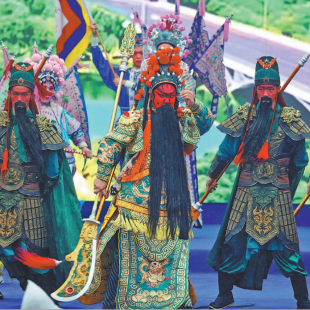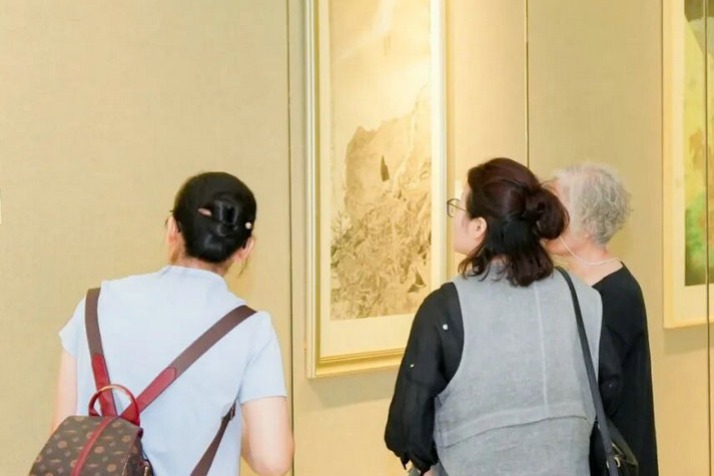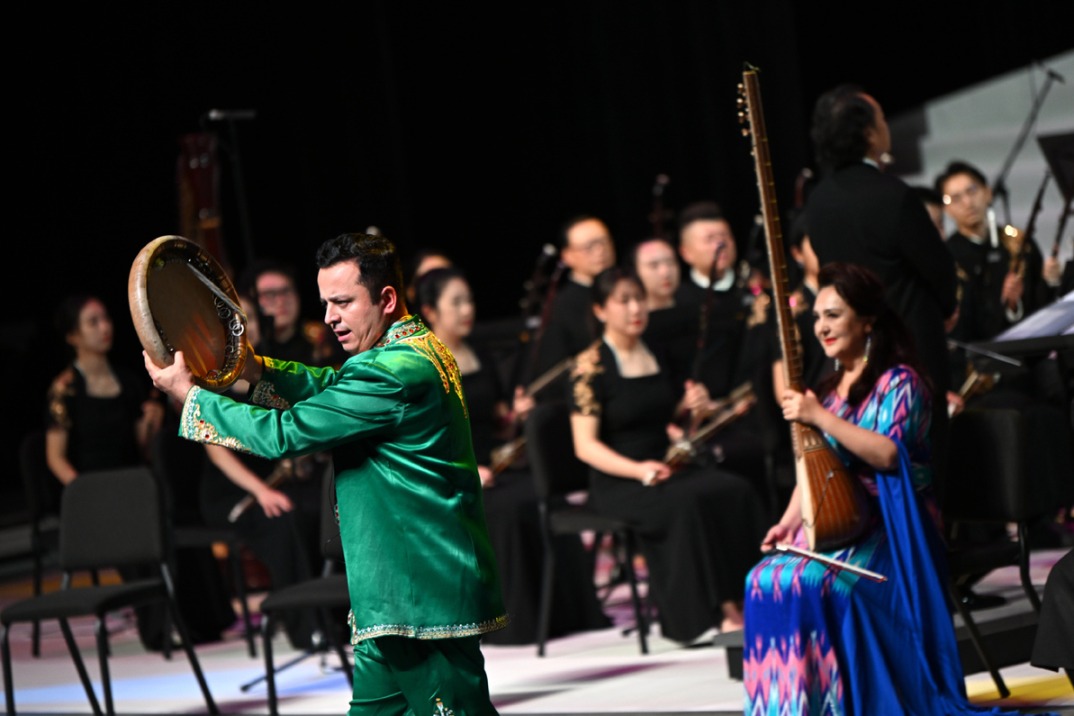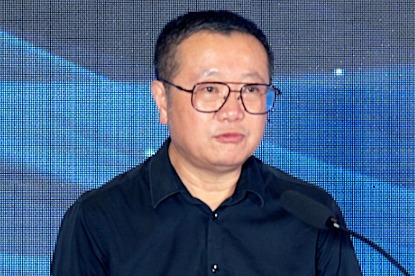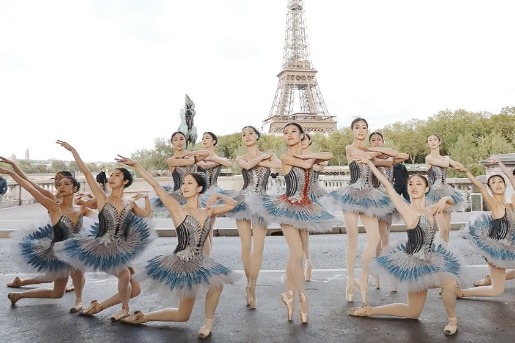From general to global deity
A third-century warrior's spirit of integrity unites Chinese community around the world, Hou Chenchen and Zhu Xingxin report in Yuncheng, Shanxi.

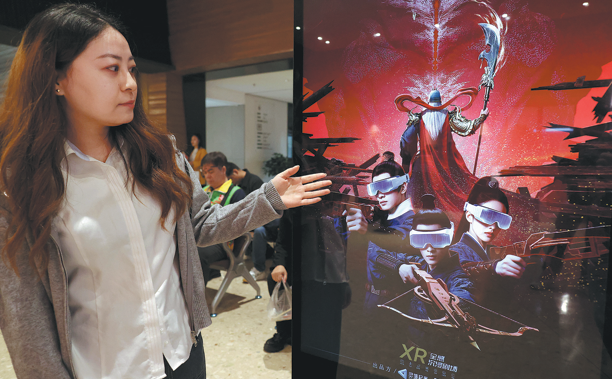
The winter of 219 was meant to close a life, not begin a legend. A general lost his last battle, was captured, and executed. Yet, in defeat, he began a different journey — one that would transform him into something far larger than life, a figure worshipped and reimagined for 1,800 years to the present day.
That figure is Guan Yu (160-220), born in what is now Yuncheng, Shanxi province. A loyal commander and sworn brother to Liu Bei, the founding emperor of the Shu Dynasty (221-263), one of the Three Kingdoms (220-280), he was widely celebrated for his valor and integrity by all three kingdoms long before his fall.
But death opened another story: in time, Confucian, Buddhist, and Taoist traditions each embraced him, elevating his name from Guan Yu to Guangong (Lord Guan), then finally to Guansheng Dijun (Imperial Lord Guan), or Guandi. The 36th Guangong Cultural Tourism Festival opened in September at his ancestral temple in Haizhou town in Yuncheng — first built in the Sui Dynasty (581-618) and still the spiritual center of his global devotion.
"Guangong culture has been passed down and developed for over 1,800 years," says Chu Xianghao, Yuncheng's Party secretary, at the opening ceremony. "It has become an integral part of the Chinese national spirit, serving as a spiritual bond that enhances the emotional, cultural and national identity of Chinese people worldwide."
The reach of Guangong is staggering. "Incomplete records show at least 168 countries and regions host over 30,000 Guandi temples or Guangong associations," says Fu Wenyuan, director of the Haizhou Guandi Temple Cultural Relics Protection Institute.
In Yuncheng alone, some 200 Guandi temples are protected cultural relics. The densest concentration is in Fujian province, where some villages have four or five, according to Fu.
Wherever the Chinese diaspora settled, beliefs about Guan Yu followed — temples and altars dot New York, San Francisco, Kobe, Yokohama, Singapore and Bangkok. Today, Guan Yu is still widely worshipped by the Chinese across class and professions; he is worshipped in martial temples and small shrines, which are also found in countless homes, businesses and grassroots organizations. In Hong Kong, a shrine to Guan Yu often stands in police stations, a quiet emblem of protection and duty.


